Narrative Writing Teaching Resources
Teaching narrative writing this school year? Explore writing prompts, printable worksheets, storyboards and story maps and more teaching resources created by teachers for primary teachers like you.
This collection of teaching resources aligned with the Australian English Curriculum has been carefully curated by our expert teacher team to ensure every resource is ready to add to your lesson plans and ready for your students!
Is this your first year teaching students about writing narratives? Or maybe you're just looking for some fresh ideas to tackle the topic? Read on for a primer from our teacher team, including a look at how narrative writing is included in year 3 and year 5 students NAPLAN testing.
What Is Narrative Writing?
Narrative writing is the act of writing a story, and those stories can be fictional or non-fiction accounts of something the student has experienced or learned about.
This type of writing is often popular with students as it allows them to use their imagination and creativity!
Narrative Writing and NAPLAN
Are your students sitting NAPLAN this school year? They may be required to show they can write a good narrative!
Narrative writing is one of the three writing genres assessed in NAPLAN — along with persuasive and informative writing.
Your students may be required to respond to a narrative writing prompt that presents a scenario or situation that students will have to use as a starting point for their story. Your class will then have about 40 minutes to plan, draft and edit their narrative story.
NAPLAN assessors will be looking for the following:
- Text Structure and Organisation — Year 3 and 5 students are expected to be able to structure a story with a clear beginning, middle and end. There should be a resolution by the end of the story.
- Characterisation — Characters should be well-developed and relatable.
- Setting — The narrative should describe a setting to immerse the reader in the story.
- Language Use — Year 3 and 5 students are assessed on their ability to use descriptive language to engage the reader.
- Dialogue — If dialogue is included in the story, students need to correctly use quotation marks.
- Grammar — Students are expected to edit and revise their work for errors, showing proper punctuation use and spelling words correctly.
- Narrative Techniques — A good narrative example for NAPLAN will show the student knows how to use techniques such as creating suspense, using figurative language and pacing the story.
Which Elements Does Strong Narrative Writing Always Contain?
Of course, not every student will be sitting NAPLAN this year, and standardised testing is hardly the only reason we need to help students make their narrative writing engaging and strong. So what do you need to know in general? There are certain key elements students need to understand and include, so we've compiled this quick refresher for you.
Plot
The plot of strong narrative writing is crucial — without it, there's no narrative! Keeping the reader interested from the start of a story involves developing the characters well and including conflict.
Structure
The structure of the text is just as important as the plot when writing a strong narrative. Students should be writing texts that include a beginning, middle and end. This can include a clear introduction that sets up the main conflict, a rising action that builds tension and excitement and a resolution that provides closure and ties up loose ends.
Descriptive Language
Teaching students to go beyond overused words like "said" or "nice" and using more descriptive language can help them make their narrative writing stronger. This graphic element of writing works with imagery and figurative language to help readers visualize the story.
Descriptive language helps the reader to visualize the setting and the characters. Sensory details can help kids set the scene in their essay or story.
Point of View
Whether it is written in the first-person, the third-person or flips back and forth, a piece of strong narrative writing has a clear point of view. This helps the reader better understand the narrator or protagonist.
What Is a Hook in Narrative Writing?
One feature of narrative writing you may want to focus on with your students this school year is the art of writing a 'hook' to capture the reader's attention and draw them into the story. This is a compelling introduction that will engage the reader and make them want to keep reading!
There is no one kind of hook! It can be anything from an interesting fact or question to a dramatic opening scene or dialogue.
8 Narrative Writing Examples and Assignments to Share With Your Students
Are you looking for some different examples of narrative writing assignments that will engage your students and inspire them to write? Try these ideas from our teacher team!
- A personal narrative about a special day the student will never forget
- A fictional narrative about a group of friends going on an adventure
- A descriptive narrative that uses sensory details and describing words to create a vivid image of riding a rollercoaster
- A historical narrative that tells the story of their favourite historical figure
- A reflective narrative that explores the writer's thoughts and feelings about going to secondary school one day
- A fantastical narrative that includes magical or imaginary elements like the arrival of a magic hat in the classroom
- A humorous narrative that uses comedic elements to entertain the reader about a time the PE teacher was replaced by an alien
- A collaborative narrative that involves students writing a chapter book in small groups
- Plus Plan
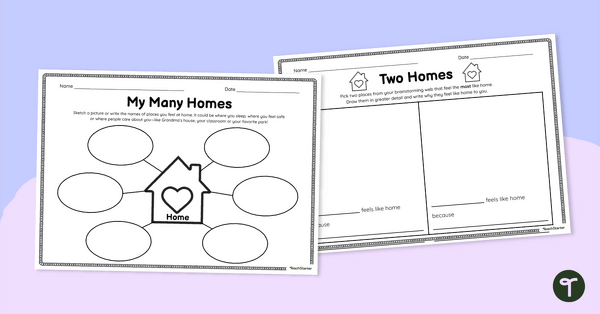
My Two Homes Activity
Use this ‘My Two Homes’ activity to explore diverse family structures and encourage students to explore all the places they can call ‘home.’
- Plus Plan
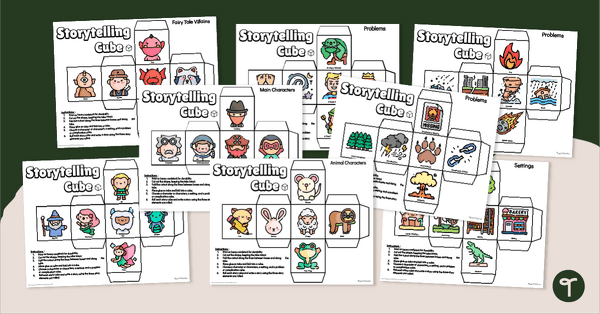
Storytelling Cubes
Roll our Storytelling Cubes to generate fun narrative writing prompts to use in your classroom.
- Plus Plan
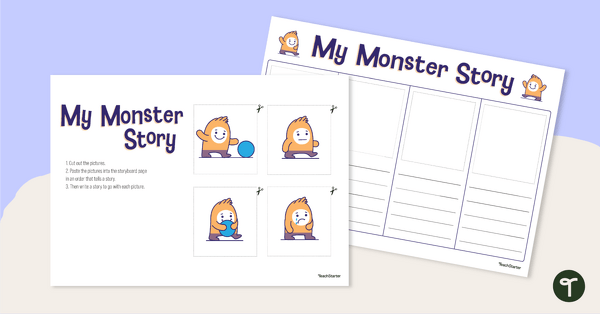
My Monster Story Template
Use this simple story template to get your students writing simple narratives based on a sequence of events.
- Plus Plan
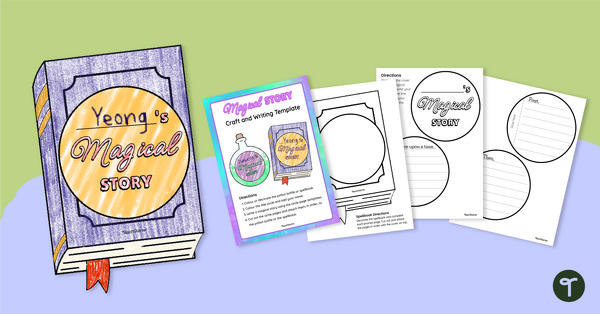
Magical Story Craft and Writing Template
Use this printable craft and writing template to get your students writing stories that are truly magical during Book Week 2024!
- Plus Plan
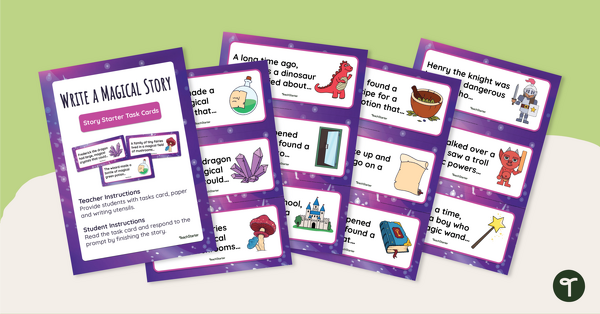
Magical Story Starters Task Cards
Get your students writing magical stories with this set of story starter task cards.
- Plus Plan
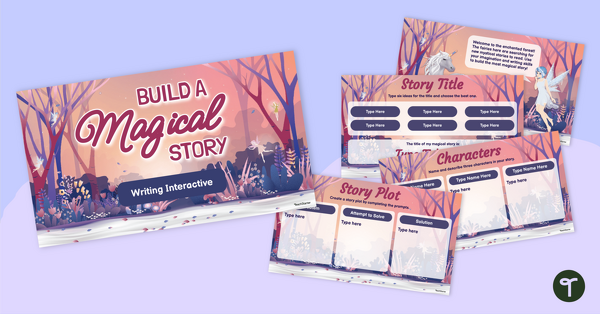
Build a Magical Story Interactive Activity
Use this “Build a Magical Story” narrative writing interactive activity to model the purpose, structural elements and language features of narrative texts.
- Plus Plan
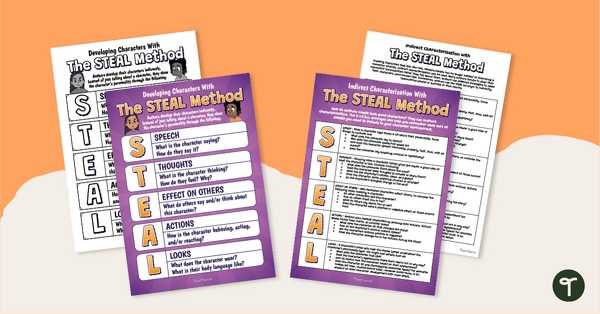
STEAL Characterisation Anchor Charts
Use the S.T.E.A.L. method of characterisation to help your students ‘steal’ the show with their writings using handy printable anchor charts.
- Plus Plan
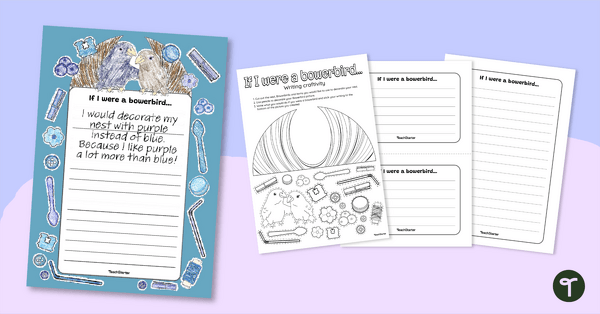
'If I Were a Bowerbird...' Writing Stimulus
Get students thinking and writing about what they would collect, or what they would do if they were a bowerbird.
- Plus Plan
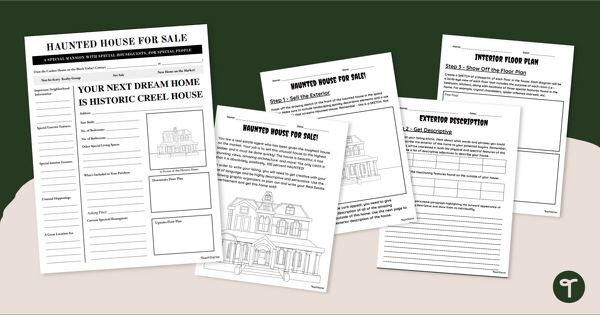
Haunted House for Sale - Creative Writing Activity
Use persuasive language and description writing to sell a haunted house with this exciting Halloween Haunted House Project!
- Plus Plan
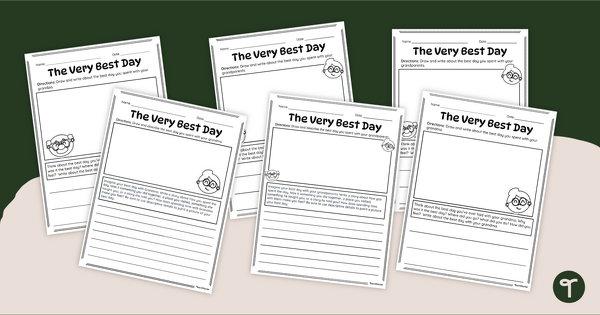
Grandparents' Day Writing Prompt - The Very Best Day
Surprise Grandma and Grandpa with a special story telling about the Best Day Ever with a Grandparents’ Day writing prompt.
- Plus Plan
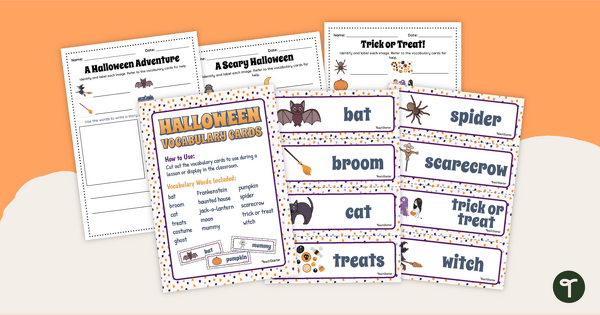
Halloween Words - Vocabulary and Writing Centre
Stretch your students’ vocabulary and writing skills with a devilishly-delightful Halloween Vocabulary and Writing Centre.
- Plus Plan
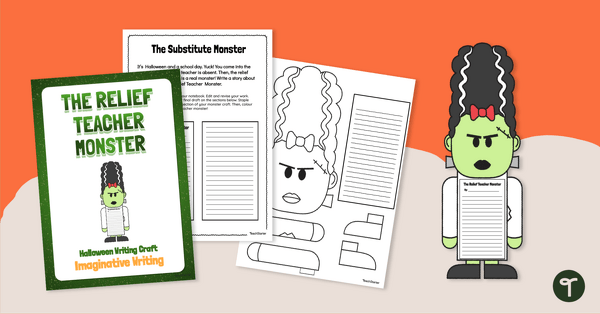
The Relief Teacher Monster - Halloween Craft and Write
This Halloween, inspire your struggling writers to write toe-curling tales of a day spent with a Relief Teacher Monster!
- Plus Plan
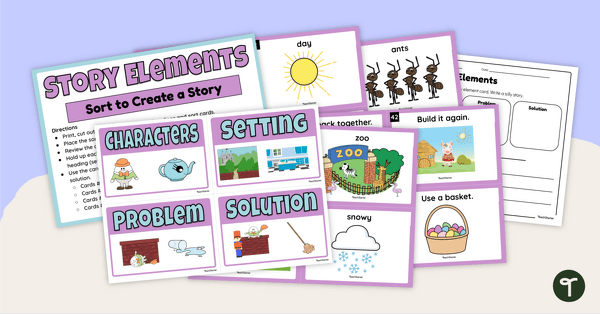
Create a Silly Story – Sorting Activity
Explore story characters, settings, problems and solutions by creating a silly story!
- Plus Plan
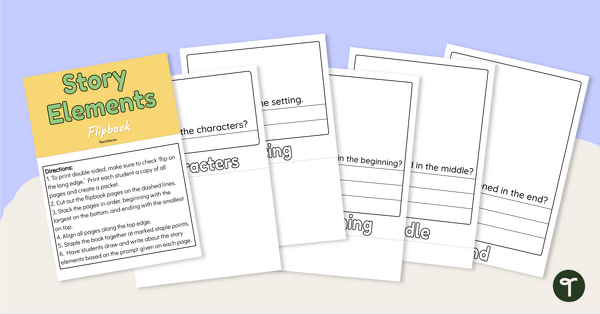
Narrative Elements Flipbook
Teach your students about narrative elements with this double-sided flipbook.
- Plus Plan

Objects in the Sky – Writing Prompts
Describe objects in the sky, such as the clouds, moon and sun, with this set of 8 space science writing prompts.
- Plus Plan
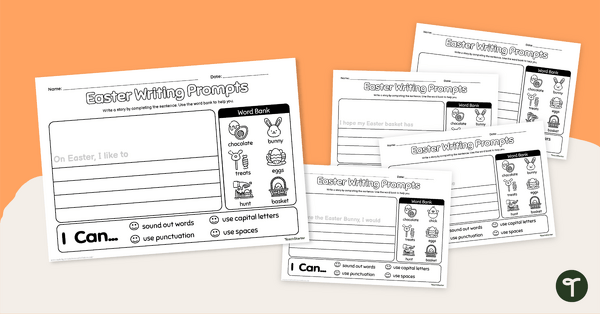
Easter Writing Prompts - Differentiated Worksheets
Inspire your early year students to get writing with these easy to use Easter writing prompts.
- Plus Plan
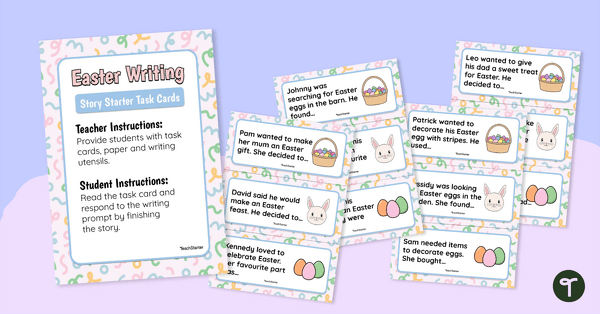
Easter Writing Prompts for Narrative Writing
Inspire creativity and build writing stamina with these engaging Easter-themed Writing Prompts for Narrative Writing.
- Plus Plan
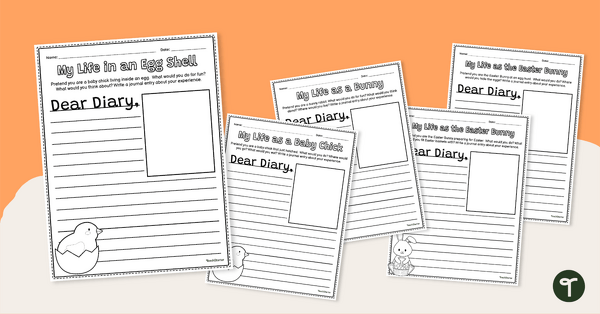
Easter Diary Writing Activity
A cute diary entry writing activity.
- Plus Plan
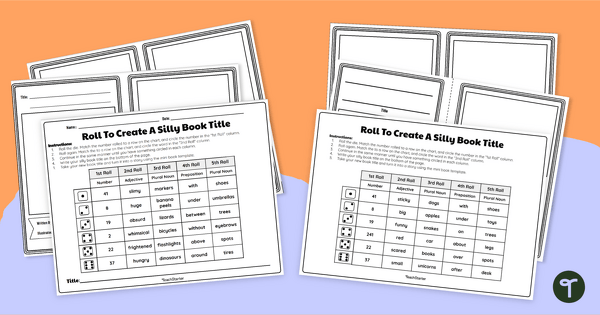
Roll to Create a Silly Book Title – Differentiated Writing Activity
Print a differentiated literacy activity using dice and a chart to create a silly book title and storybook.
- Plus Plan
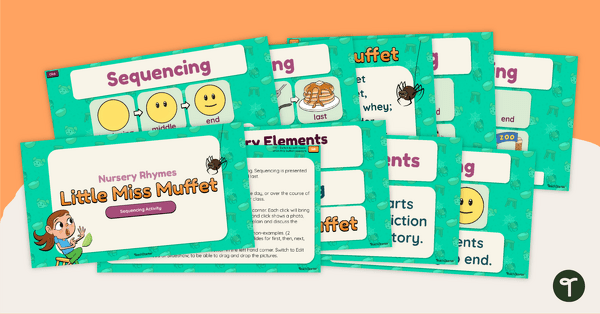
Narrative Sequencing Teaching Presentation - Little Miss Muffet
Engage young readers in texts and learn about narrative sequencing with a teaching presentation featuring the Little Miss Muffet nursery rhyme.
- Plus Plan
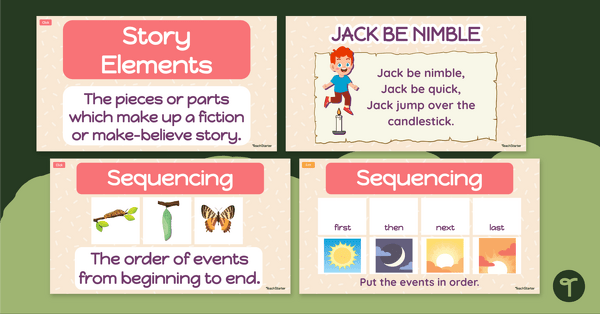
Narrative Sequencing Teaching Presentation - Jack Be Nimble
Engage young readers in texts and learn about narrative sequencing with an instructional slide deck featuring the Jack Be Nimble nursery rhyme.
- Plus Plan
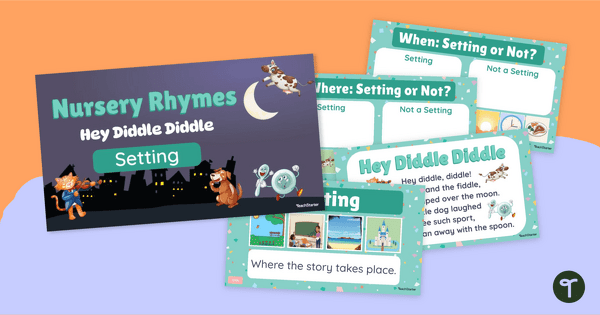
Narrative Settings Teaching Presentation - Hey Diddle Diddle
Engage young readers in texts and learn about setting with an instructional slide deck featuring the Hey Diddle Diddle rhyme.
- Plus Plan
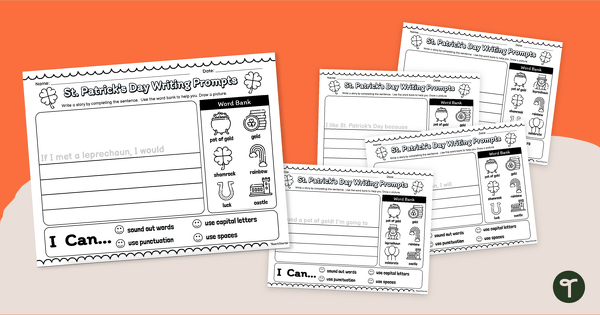
St. Patrick's Day Writing Prompts
Celebrate St. Patrick’s Day and write imaginative stories using a collection of narrative writing prompts.
- Plus Plan
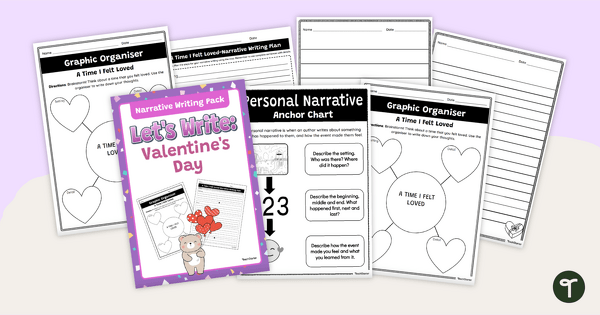
Valentine's Day Personal Narrative Writing Pack
Boost your students’ writing skills with a range of Valentine’s Day writing activities.
- Plus Plan
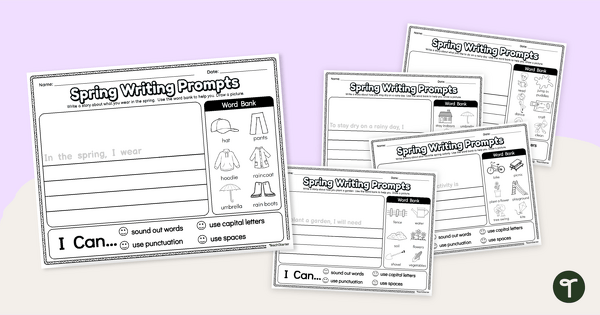
Spring Writing Prompts
Celebrate Spring with Spring writing worksheets for the early years.
- Plus Plan

Narrative Features Teaching Presentation - Hickory Dickory Dock
Engage young readers in texts and discover parts of a story with an interactive version of Hickory Dickory Dock.
- Plus Plan
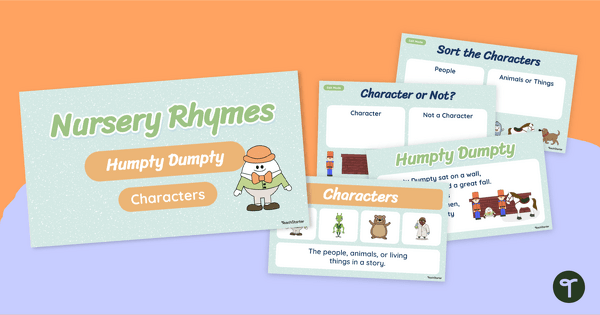
Narrative Characters Teaching Presentation - Humpty Dumpty
Engage young readers in texts and learn about characters with an instructional slide deck featuring the Humpty Dumpty rhyme.
- Plus Plan
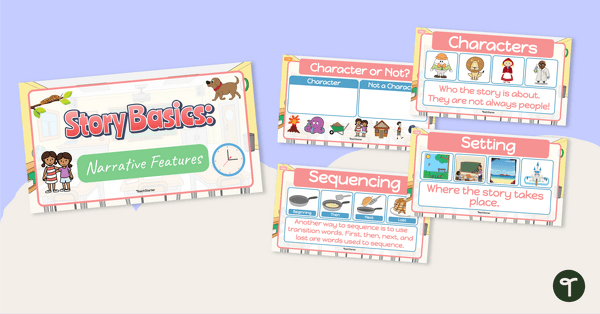
Story Basics: Narrative Features - Teaching Presentation
Use this interactive teaching presentation to introduce your early years students to the basic features of stories.
- Plus Plan
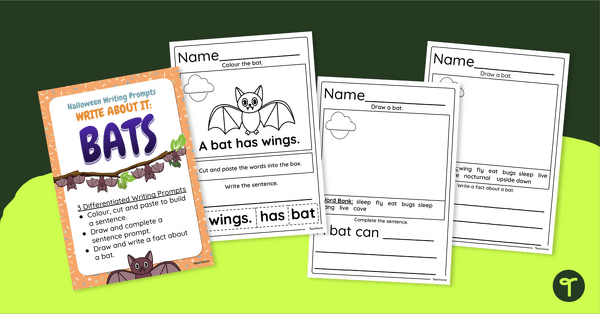
Halloween Writing Prompts - Bats
Differentiated writing activity using bats as a writing prompt.
- Plus Plan
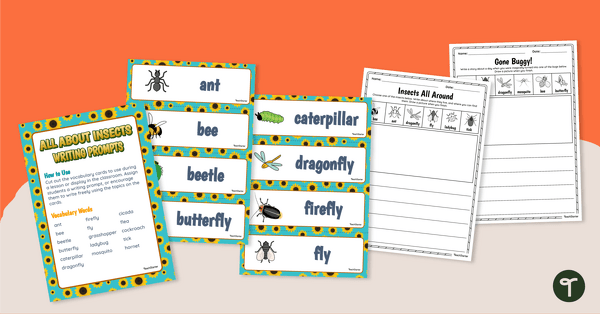
Insect-Themed Flashcards and Writing Prompts
Inspire young entomologists to read and write about insects with minibeast writing prompts and word wall cards.
- Plus Plan
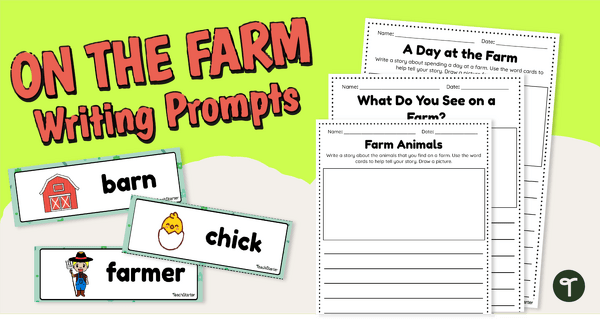
Farm-Themed Flashcards and Writing Prompts
Build vocabulary and writing skills with this ocean-themed writing activity.
- Plus Plan
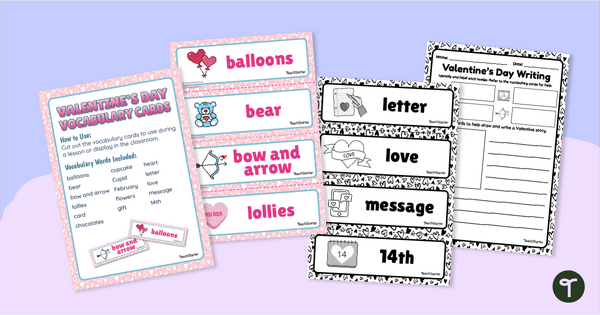
Valentine's Day Vocabulary Cards and Writing Center
Build a Valentine’s Day writing station with a printable word wall and writing prompt worksheets.
- Narrative Writing Templates
- Narrative Writing Worksheets
- Narrative Writing Posters
- Narrative Writing Teaching Presentations
- Narrative Writing for Foundation Year
- Narrative Writing for Year 1
- Narrative Writing for Year 2
- Narrative Writing for Year 3
- Narrative Writing for Year 4
- Narrative Writing for Year 5
- Narrative Writing for Year 6